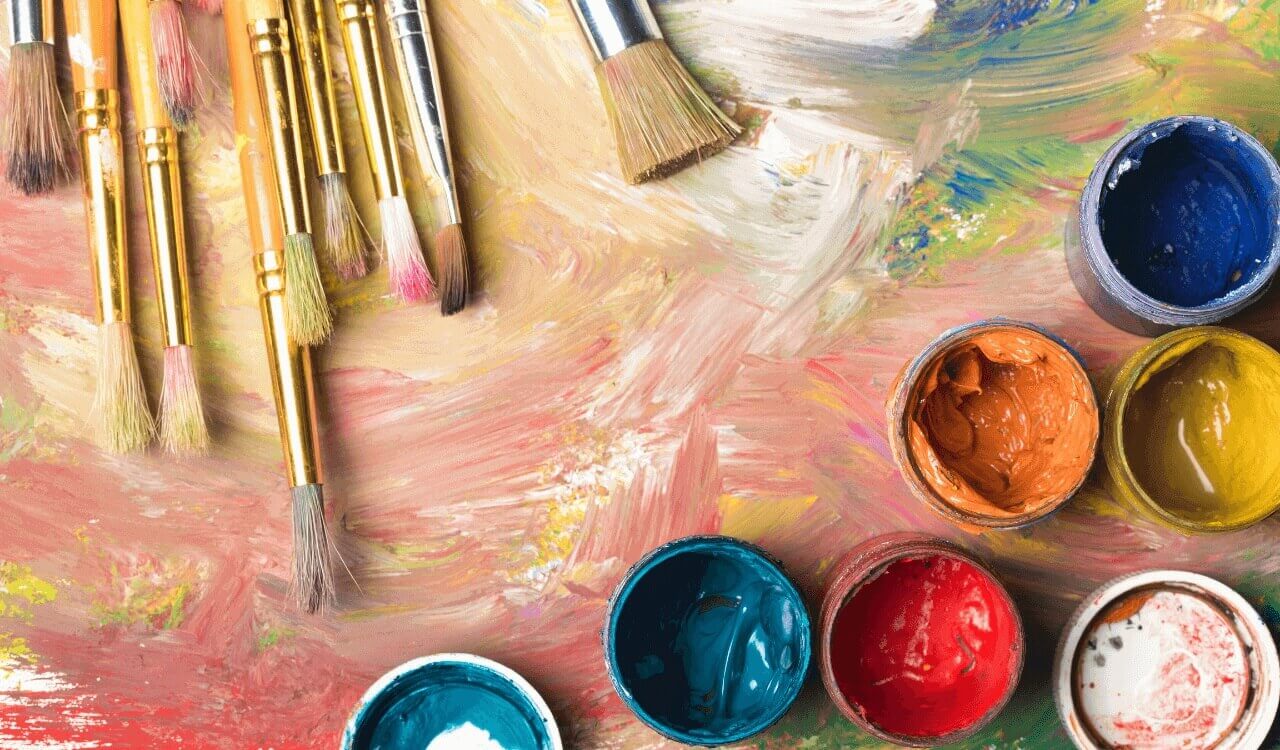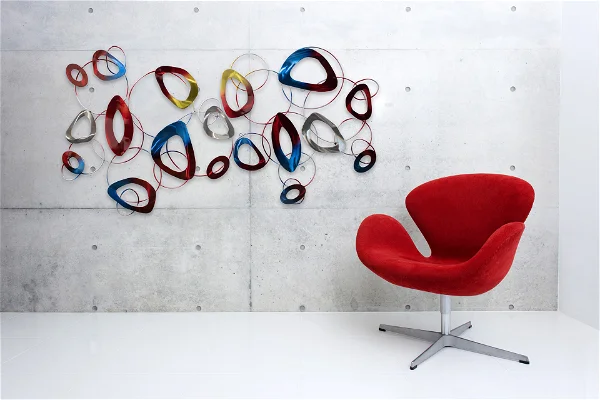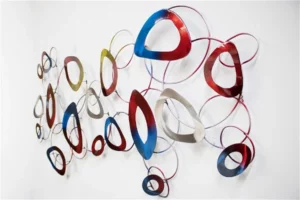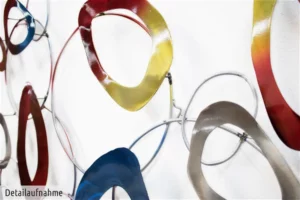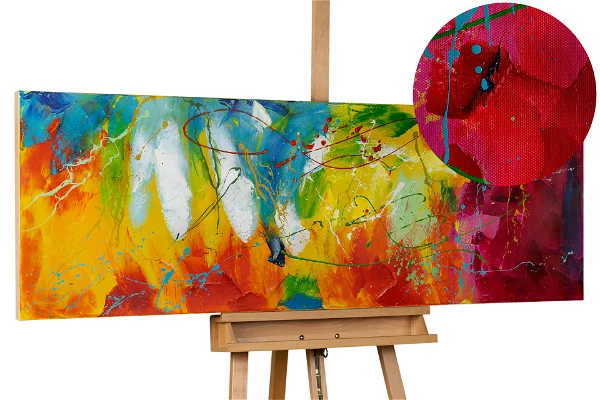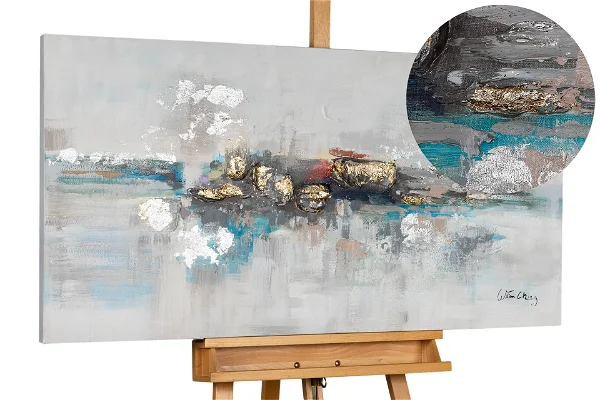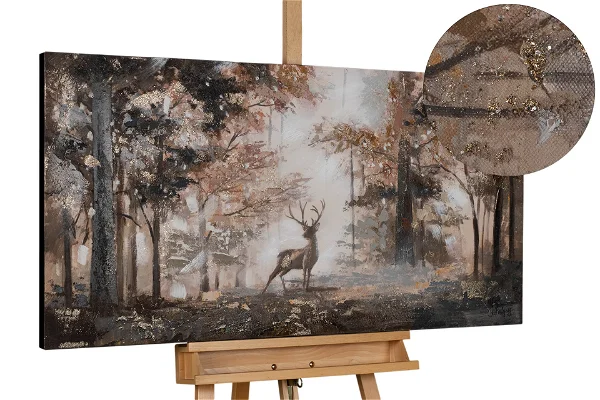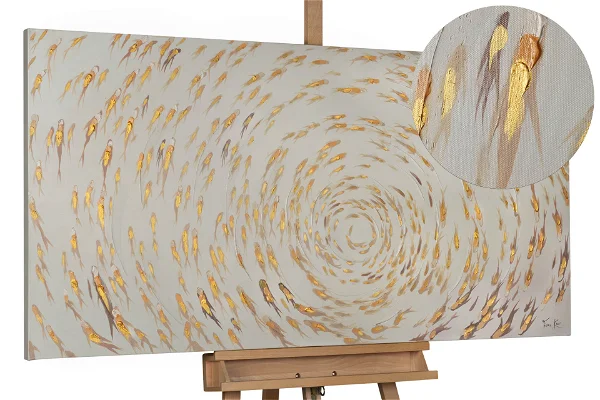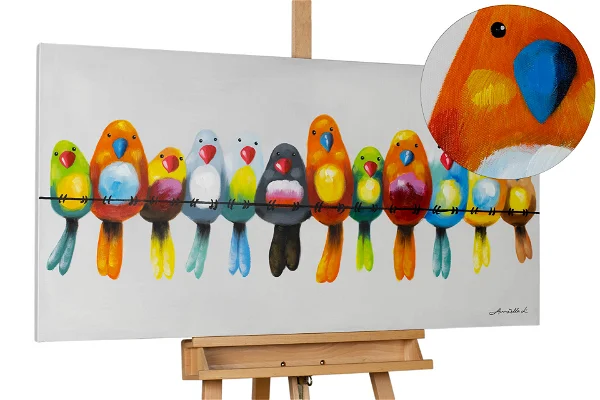Oil Painting Techniques Revealed – Comprehensive Guide
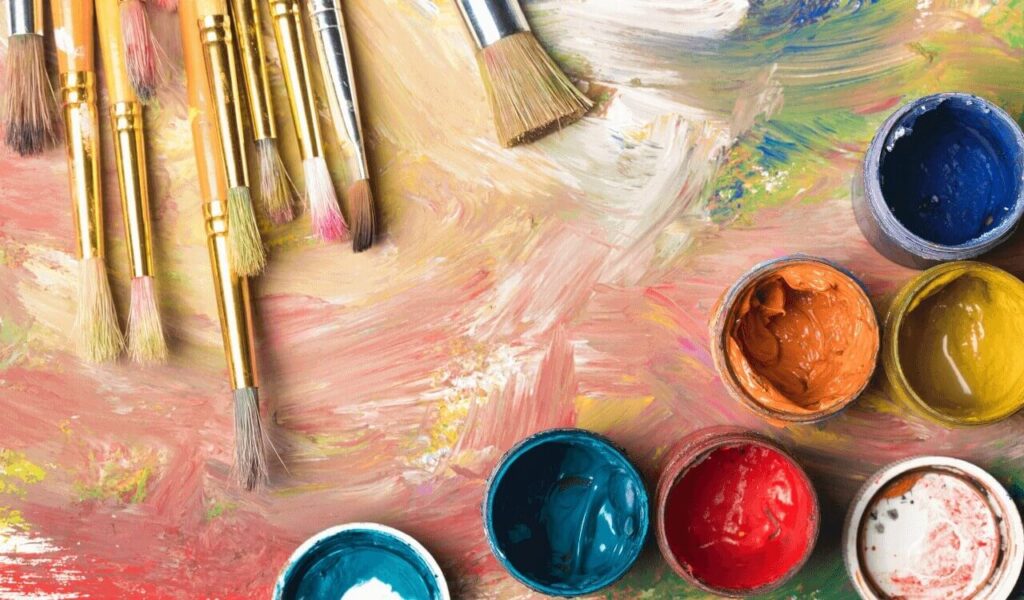
Oil paintings have a timeless appeal, captivating artists and admirers for generations. Revered for its vibrant colors and remarkable versatility, this beloved medium has been used for centuries to create enduring masterpieces. Whether hand-painted on canvas or meticulously detailed on panel, oil paintings capture stories, emotions, and moments in time like no other. Let’s dive deep into the world of oil painting to discover its history, the materials involved, and the enduring appeal that continues to fascinate art lovers.
The History of Oil Painting
Although oil painting gained widespread popularity during the Renaissance, its roots go back much further. Early evidence suggests that oil-based paints were used in Afghanistan as early as the 7th century. However, it was not until the 15th century that European artists such as Jan van Eyck began to refine the medium, creating richly detailed, luminous works. These innovations, coupled with their naturalistic styles, revolutionized art and gave rise to iconic artists such as Michelangelo, Rembrandt, and Monet, who solidified oil painting as a leading artistic form.
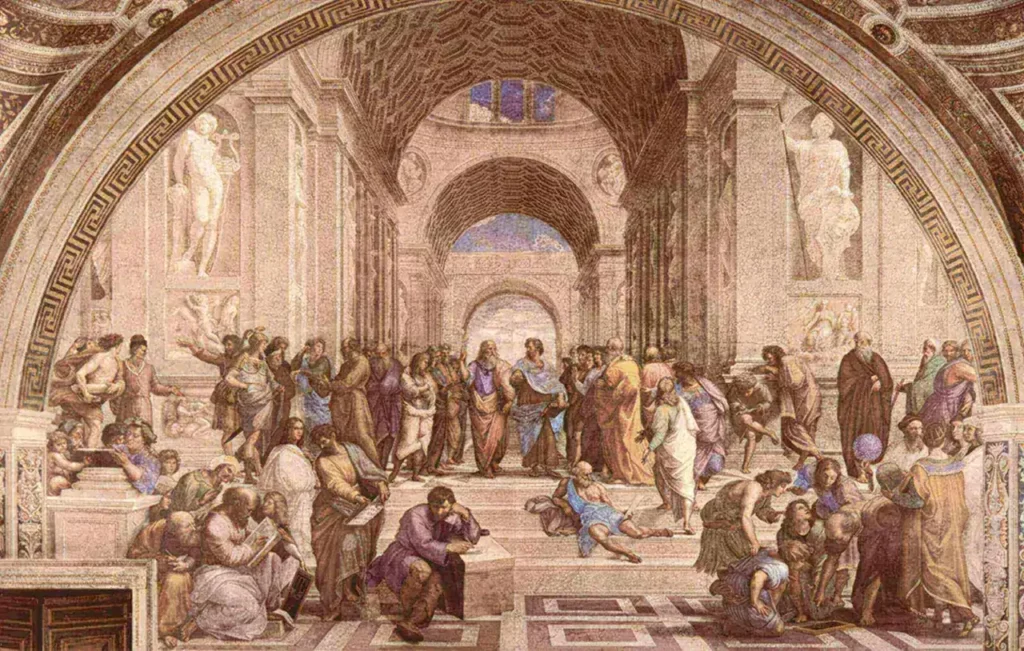
Understanding the Materials
Oil painting requires a deep understanding of the materials involved to fully appreciate the final artwork. Oil paint itself consists of pigments suspended in a drying oil, often linseed or walnut oil. Each pigment has unique characteristics that affect opacity and drying time, adding variety to the artist’s palette. Brushes vary in size and shape, affecting the style of the strokes, while the canvas or panel serves as the basic support. Hand-painted canvases are often preferred, offering a textured surface that enhances the vibrancy and depth of oil paintings.

Techniques in Oil Painting
Artists use a variety of techniques in oil painting to create distinctive textures, effects, and moods:
- Glaze is the art of layering thin, translucent washes of paint to create a luminous depth.
- Impasto is the art of applying thick, bold strokes to create a textured, almost sculptural surface.
- Scumbling is the application of a thin layer of opaque paint to create an atmospheric or hazy effect.
- Wet-on-wet blending allows for smooth transitions of color by applying new paint over wet layers.
These foundational techniques encourage artists to experiment and develop their unique styles when working with oils.
Benefits of Painting with Oils
Oil painting remains a preferred medium for several compelling reasons:
Flexibility and control: Slow drying times allow artists to refine their work over several days or even weeks, giving them complete creative control.
Color Retention: Oil paints produce vibrant, brilliant colors that can last for centuries without significant fading.
Versatility: The ability to layer, blend and glaze oil paints allows artists to achieve exceptional depth and realism.
These benefits make oil painting a rewarding medium for artists seeking to express their creativity.
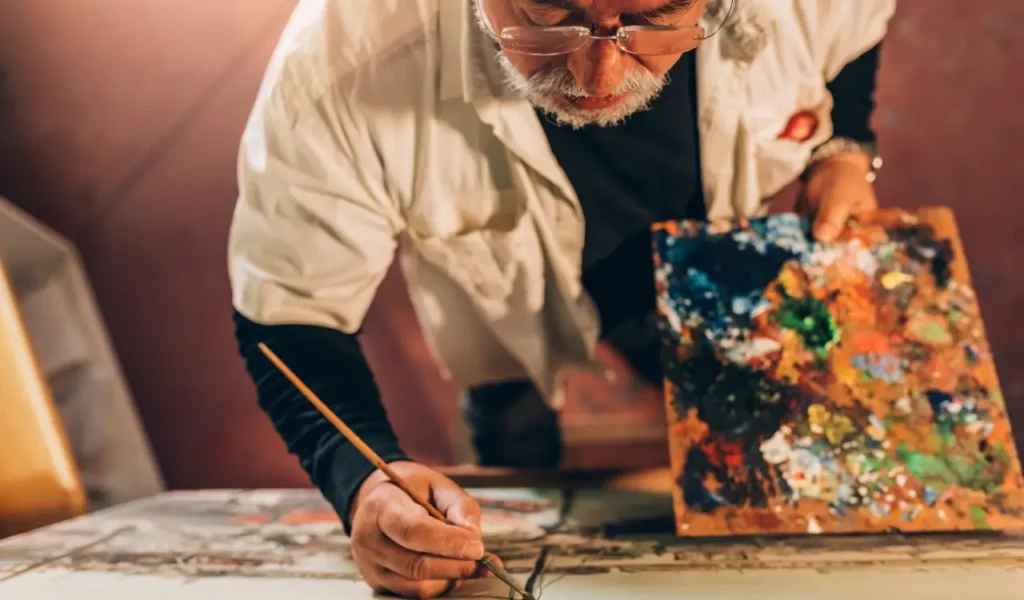
Creating Oil Paintings on Canvas
When you’re ready to create your own oil painting on canvas, here’s a step-by-step guide to help you get started:
- Preparation: Make sure your canvas is primed and stretched to receive the paint properly.
- Sketch: Lightly outline your composition with charcoal or a light oil wash.
- Block in: Apply large blocks of paint with broad brushes to establish the main shapes and tones.
- Layering: Gradually build depth by layering with glazes or impasto techniques.
- Detail: Refine the painting with smaller brushes to bring out intricate details and textures.
- Finishing touches: Add highlights, shadows and subtle effects that bring the artwork to life.
When the painting is completely dry, apply a coat of varnish for protection and shine.
Maintenance and Conservation
Maintaining oil paintings requires careful attention. To preserve your masterpiece:
- Protect the painting from direct sunlight and high humidity to prevent fading and cracking.
- Dust regularly with a soft, dry cloth. Avoid water and harsh chemicals.
- Seek professional restoration for older or damaged paintings to ensure their longevity.
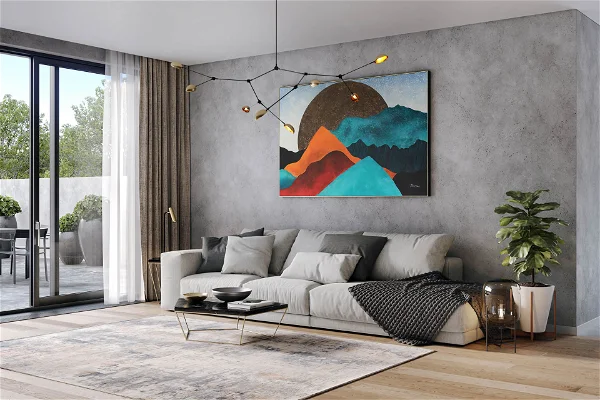

Popular Artists and Iconic Works
The illustrious history of oil painting is filled with legendary artists who transformed the medium. Renaissance pioneers such as Leonardo da Vinci and Titian laid the groundwork, while Vincent van Gogh’s Starry Night, Rembrandt’s Night Watch, and Claude Monet’s Water Lilies remain iconic. In contemporary times, Jenny Saville and Kerry James Marshall continue to push boundaries with their powerful, evocative work.

Claude Monet’s Water Lilies Oil Painting
Discover Artwork for Your Home at Kunstloft
In our e-commerce store, we offer a diverse selection of artwork to enhance any living environment. Our bestsellers include oil paintings, acrylic artwork, and metal wall art. Each piece in our collection has been carefully selected to bring not only an element of aesthetics, but also a touch of individuality to your home. Whether you’re looking for modern elegance or classic beauty, you’ll find the perfect piece of art to enliven your space and reflect your personal style.
Embrace the Artistic Journey
Oil painting is a journey into color, texture, and technique. Whether you’re creating your own masterpiece or admiring the works of the greats, the medium invites endless exploration. Its rich history and unparalleled versatility ensure that oil painting will remain a cornerstone of artistic expression for generations to come. So pick up your paintbrush, unleash your creativity, and begin your own adventure into this fascinating world. Happy painting!
Frequently Asked Questions
To begin oil painting, you’ll need basic supplies such as oil paints, brushes of various sizes, a primed canvas or panel, a palette for mixing colors, a palette knife, and linseed oil or other medium to control the consistency of the paint. Don’t forget to bring rags or paper towels for cleanup and a well-ventilated workspace.
Protect your oil painting from direct sunlight and high humidity to prevent fading and cracking. Dust it regularly with a soft, dry cloth and avoid using water or chemicals. If it shows signs of damage, consider professional restoration to preserve its longevity.
Beginners should start with techniques such as glazing, where thin layers of translucent paint are applied to create depth, and impasto, where thick layers of paint are applied to add texture. Wet-on-wet blending and scumbling (creating a hazy effect) are also useful techniques that help build basic oil painting skills.
Related Article about Oil Paintings Techniques and Restorations
Picture credits: © KunstLoft; © Pixabay – Pexels; © Adobe Stock – Kwang Gallery

